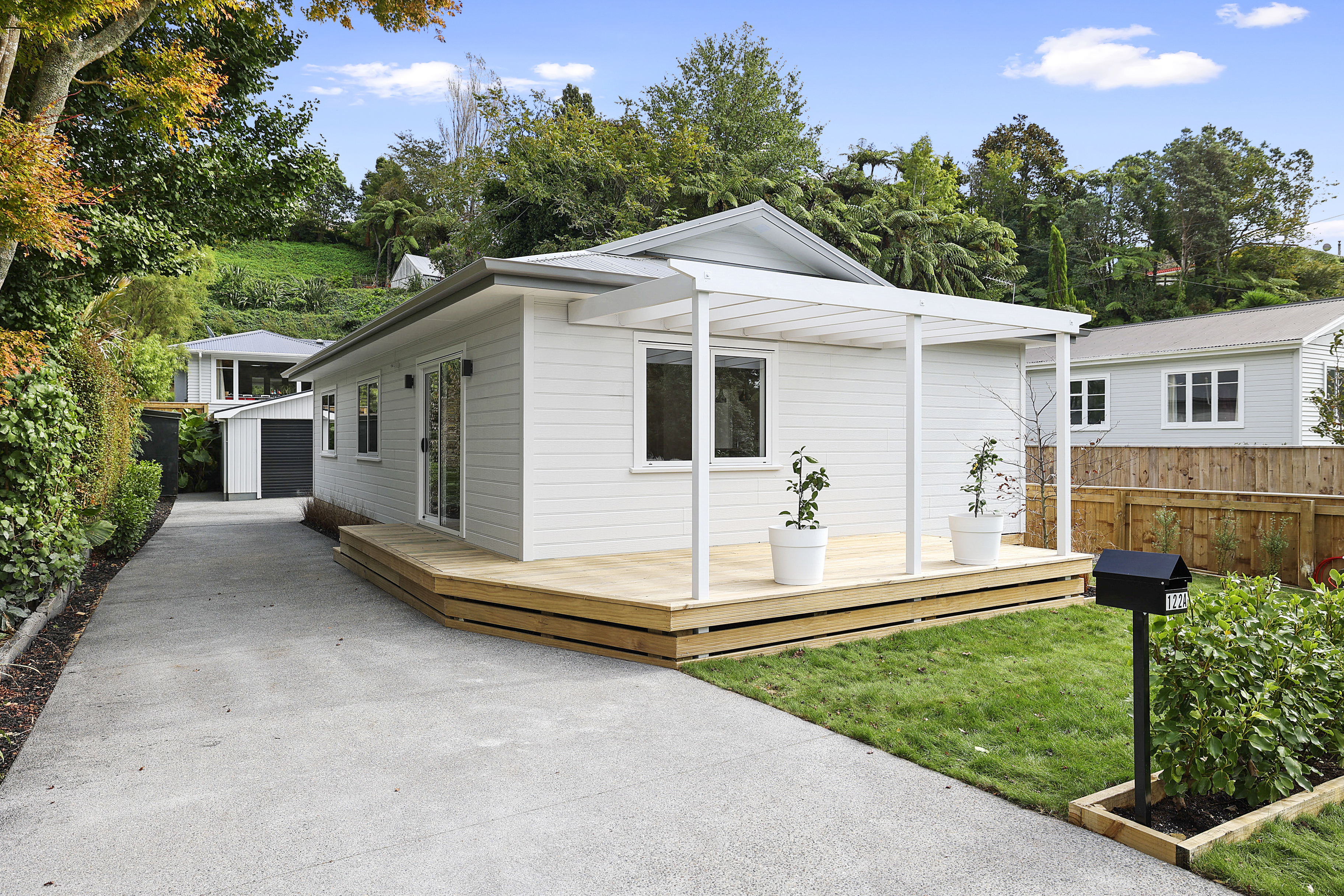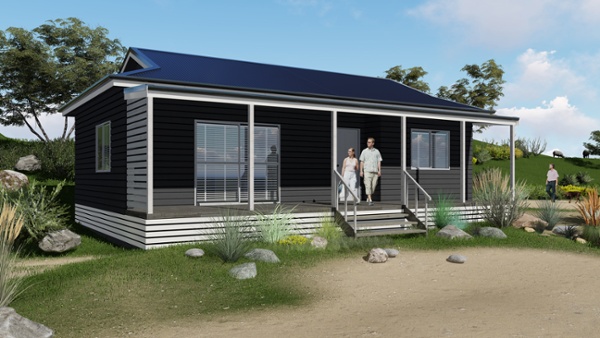6 Hazards of Living in an Older Home
People choose older houses for many reasons. Some like the character of designs from a time long ago. It might be located exactly where you want to live. Or it might be, simply, that the price is right.
However, with older homes comes the potential for hazards. There are visible and hidden hazards in most older houses. Many of the hazards can be addressed or mitigated but some of the fixes come at a high cost.
So, if your house is starting to get on in years, make sure you are aware of any of the following hazards:
Old Wiring
If you aren’t sure about the age of your wiring, it’s probably worth calling an electrician in for a look. Older wiring can be ungrounded, have frayed insulation or cracks in the wires themselves. This increases the risk of fires starting from the electrical system. Often, even the wires from the power poles to the home can be outdated and unable to support modern electrical demands.
Drafty and Cold
Older houses did not have to meet the strict insulation requirements that homes of today face. Doors and frames may have been handmade and may not close fully or have a proper seal when shut. Even the wooden floorboards that many people fall in love with aren’t airtight and can allow lots of air in. In those days, they were built as a subfloor so it was expected that something would be covering it.
Lead Paint
The paint used in older homes (pre 1965) contained a high source of lead. Even more so for paint made prior to 1945. Lead poisoning can be fatal if it’s not treated and if the paint is chipping or getting into the gardens around the house, these is a risk of it being consumed by people or animals.
Asbestos
This building material was widely-used because of it’s resistance to heat and fire. It has been used as recently as the 1990’s so a house doesn’t have to be too old for it to be at risk of asbestos. It is found in many cladding products, water tanks, ceilings, flooring, piping, and if the dust is inhaled it can cause cancers and other lung issues.
Windows
Similar to doors, older windows may not seal properly which will mean not only heat lost but also drafts coming through. This does not make a comfortable home. Wooden windows can warp and rot over time – leaving the homeowner at risk of a costly repair!
Mold
Older homes are more likely to contain mould than one that was built by today’s standards. It’s well-known that living in a house with mould can cause allergies and respiratory issues for both children and adults.
Is it time to build new?
Depending on the insurance company, an older home can cost a lot more to insure as well. So, be aware that what you might save on the house cost, you may spend on higher insurance premiums for all of the years that you live there. If your house is at risk, get a professional to check it out for you and suggest appropriate action.
It might be that you’ve got another few years or so before these things start to become a problem, but being aware of them is important. You want to consider moving before the cost to repair or address the issues becomes more than you want to put into the house. Sometimes building new is the best option. Manor Build has many different floor plans (at many different price points) so having a new home built is an affordable option. Contact us today to talk about upgrading your living situation.

.jpeg)


